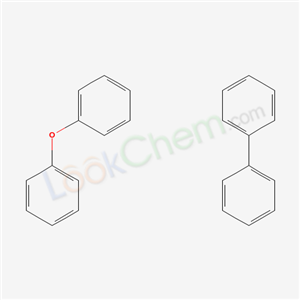10.1007/BF00810878
The research focuses on the synthesis of "Dithio-oxolinic Acid," a sulfur analog of Oxolinic Acid, which is part of a new class of synthetic chemotherapeutic agents known as Quinolones. The purpose of the study was to develop a method for synthesizing this compound, which could potentially exhibit antibacterial activity. The process involved the reduction of 5-amino-benzo-1,3-dithiol-2-thion using Diisobutylaluminiumhydrid (DIBAL) or Boran Methylsulfid (BMS) to obtain 5-amino-benzo-1,3-dithiol, which was then condensed with Ethoxymethylenmalons?urediethylester (EMME) to form an intermediate. This intermediate underwent a Gould-Jacobs reaction and subsequent alkylation to yield a mixture of isomers, which were separated by crystallization or chromatography. The final product, Dithio-oxolinic Acid (6a), showed antibacterial activity at higher concentrations and was found to be more active than a related compound (6b). Key chemicals used in the synthesis process included 5-Nitro-benzodithiol-2-thion, DIBAL, BMS, EMME, Dowtherm, Triethylphosphat, and K2CO3, among others.
10.1016/j.cclet.2010.03.016
The study focuses on the design, synthesis, and in vitro cytotoxicity evaluation of a series of quinoline-3-carbonitrile derivatives against four cancer cell lines: A549 (lung), HT-29 (colon), MDA-MB-231 (breast), and SMMC-7721 (liver). The research aimed to develop potent and selective anti-tumor agents by replacing the quinazoline scaffold of Gefitinib, an EGFR tyrosine kinase inhibitor, with a quinoline-3-carbonitrile scaffold. The synthesized compounds were tested for their cytotoxic effects using the MTT assay, and the results showed that several of these derivatives exhibited superior selective cytotoxicity against the SMMC-7721 cell line compared to Gefitinib, with compound 11g being the most potent among them. The study also provided preliminary insights into the structure-activity relationships of these compounds, suggesting their potential as anti-cancer agents. Further research on their anti-tumor activities and detailed structure-activity relationships is ongoing.





